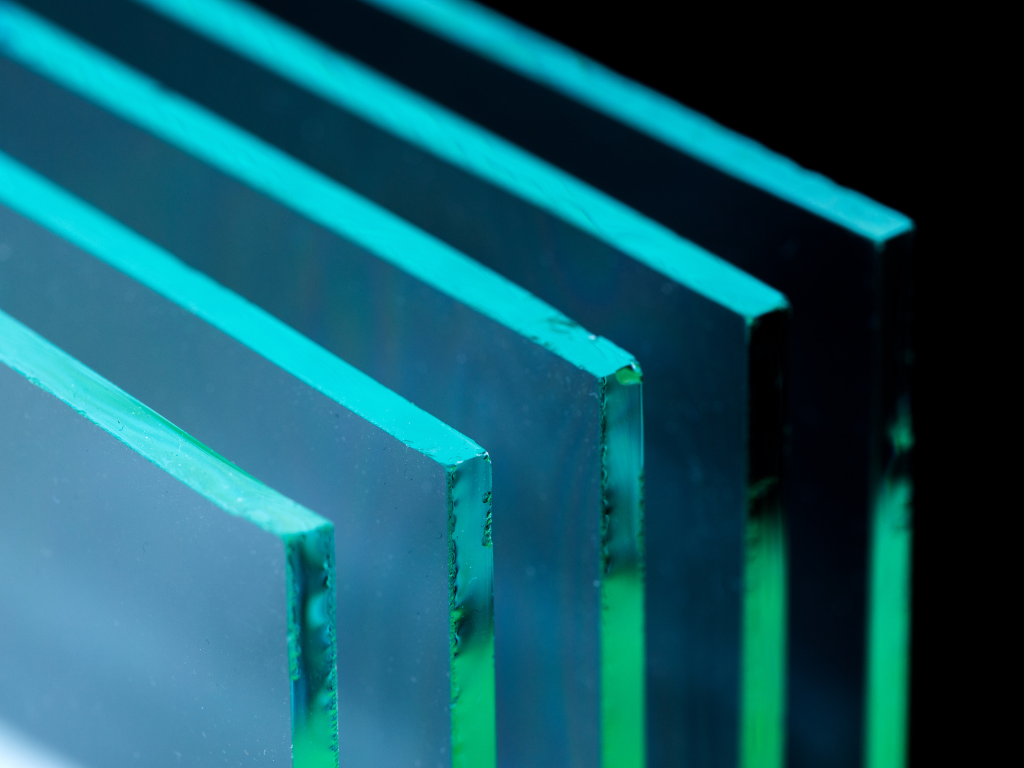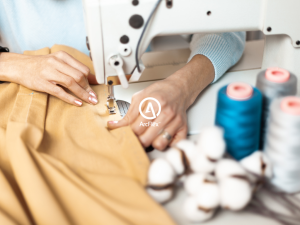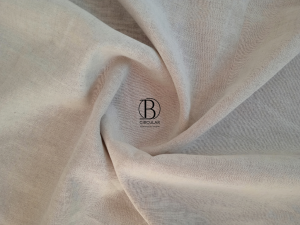1. Understanding the Importance of Comparing Perspex and Glass
In industries ranging from construction to design, selecting the right material can significantly impact the success and longevity of a project. Comparing Perspex (acrylic) and glass is essential for making informed decisions about which material best suits specific requirements. This analysis delves into the distinct properties and advantages of Perspex and glass to aid in material selection processes.
2. Properties of Perspex
2.1. Definition and Composition
Perspex, also known as acrylic or acrylic glass, is a transparent thermoplastic with the chemical formula (C5O2H8)n. It is derived from acrylic acid and is polymerized to form long chains of repeating molecular units.
2.2. Key Physical Properties
- Transparency: Perspex boasts exceptional clarity, allowing for excellent light transmission.
- Durability: Despite its lightweight nature, Perspex is highly durable and resistant to impact, making it less prone to breakage compared to glass.
- Lightweight: Perspex is significantly lighter than glass, facilitating easier handling and installation.
2.3. Chemical Properties
- UV Resistance: Perspex exhibits excellent UV resistance, making it suitable for outdoor applications without yellowing or degradation.
- Chemical Resistance: It is resistant to many chemicals, acids, and alkalis, enhancing its suitability for various environments.
- Weathering Resistance: Perspex maintains its optical clarity and structural integrity even after prolonged exposure to outdoor elements.
2.4. Unique Characteristics
- Customizability: Perspex can be easily fabricated, cut to size, and moulded into different shapes, offering design flexibility.
- Thermal Insulation: It provides better thermal insulation than glass, contributing to energy efficiency in buildings.
3. Properties of Glass
3.1. Definition and Composition
Glass is an inorganic, non-crystalline material primarily composed of silica, soda ash, and lime. It is formed by melting these raw materials and then rapidly cooling to create a rigid, transparent solid.
3.2. Key Physical Properties
- Transparency: Glass offers exceptional optical clarity and transparency, allowing light to pass through without distortion.
- Hardness: Glass is harder than Perspex, making it less susceptible to scratches.
- Brittleness: While glass is rigid and strong, it is also brittle and prone to shattering upon impact.
3.3. Chemical Properties
- Heat Resistance: Glass exhibits high resistance to heat and can withstand high temperatures without deforming or melting.
- Chemical Resistance: It is generally resistant to chemical corrosion, except in specific harsh chemical environments.
3.4. Unique Characteristics
- Optical Precision: Glass provides superior optical precision and clarity, making it ideal for applications requiring exacting specifications.
- Scratch Resistance: Some types of glass, such as tempered or laminated glass, offer enhanced scratch resistance compared to standard glass.
4. Advantages of Perspex
4.1. Durability
Perspex surpasses glass in durability, as it is less prone to breakage upon impact. This property makes it ideal for applications where safety and longevity are paramount, such as protective barriers and outdoor signage.
4.2. Lightweight
The lightweight nature of Perspex simplifies handling and installation processes, reducing labour costs and logistical challenges. It is particularly advantageous for large-scale projects where weight considerations are crucial.
4.3. Versatility
Perspex offers unparalleled versatility in design, allowing for intricate shapes, colours, and textures to be easily achieved. This adaptability makes it suitable for a wide range of applications, from architectural features to retail displays.
4.4. Cost-effectiveness
In terms of cost, Perspex often proves to be more economical than glass. Its lower production, transportation, and installation costs make it a preferred choice for budget-conscious projects without compromising on quality or aesthetics.
5. Advantages of Glass
5.1. Optical Clarity
Glass boasts unparalleled optical clarity and purity, making it the preferred choice for applications where visual precision is paramount, such as high-end displays and optical lenses.
5.2. Heat Resistance
One of glass’s key advantages is its exceptional heat resistance, allowing it to withstand high temperatures without deformation or degradation. This property makes it suitable for applications such as oven doors and laboratory equipment.
5.3. Scratch Resistance
Certain types of glass, such as tempered or laminated glass, offer enhanced scratch resistance compared to standard glass. This feature is advantageous in environments prone to abrasion, such as retail showcases and glass tabletops.
5.4. Eco-Friendliness
Glass is considered environmentally friendly due to its recyclability and sustainability. It can be recycled indefinitely without losing its quality, making it a preferred choice for eco-conscious projects and initiatives.
6. Ideal Use Cases for Perspex
Perspex finds widespread use in various industries and applications, owing to its unique properties and advantages. Some ideal use cases include:
- Architectural Glazing: Perspex panels are commonly used in architectural glazing applications, including skylights, canopies, and facade cladding, where durability, lightweight, and design flexibility are desired.
- Retail Displays: Perspex’s versatility in colour, texture, and shape makes it ideal for creating eye-catching retail displays, product showcases, and signage that attract customers and enhance brand visibility.
- Interior Design: In interior design, Perspex is used for decorative features such as room dividers, wall panels, and furniture accents, adding a modern and sophisticated touch to residential and commercial spaces.
- Safety Barriers: Due to its durability and impact resistance, Perspex is often employed in safety barriers, protective screens, and machine guards in industrial settings to safeguard workers and equipment.
7. Ideal Use Cases for Glass
Glass remains a preferred choice for a wide range of applications where its unique properties are indispensable. Some ideal use cases include:
- Windows and Doors: Glass windows and doors offer natural light, visual transparency, and aesthetic appeal in residential, commercial, and institutional buildings.
- Tabletops and Shelving: Glass tabletops and shelving provide elegance and functionality in furniture design, enhancing the visual appeal of living spaces and retail environments.
- Laboratory Equipment: Glassware and laboratory equipment, such as beakers, flasks, and test tubes, are essential for scientific experiments and research due to glass’s inertness and resistance to chemical corrosion.
- Automotive Glazing: Glass windshields, windows, and mirrors in vehicles ensure visibility, safety, and structural integrity on the road, meeting stringent regulatory standards for automotive glazing.
8. Comparative Analysis
| Factors | Perspex | Glass |
|---|---|---|
| Durability | Excels in impact resistance and lightweight properties. Ideal for safety barriers and architectural glazing. | Offers superior scratch resistance and optical clarity. Suitable for applications requiring precision and longevity. |
| Versatility | Offers greater design flexibility and customizability. Ideal for creative and innovative projects. | Provides unmatched optical precision and heat resistance. Indispensable in applications demanding visual clarity and thermal performance. |
| Cost-Effectiveness | Generally more cost-effective in terms of production and installation costs. | May offer long-term cost savings due to durability and minimal maintenance requirements in certain applications. |





